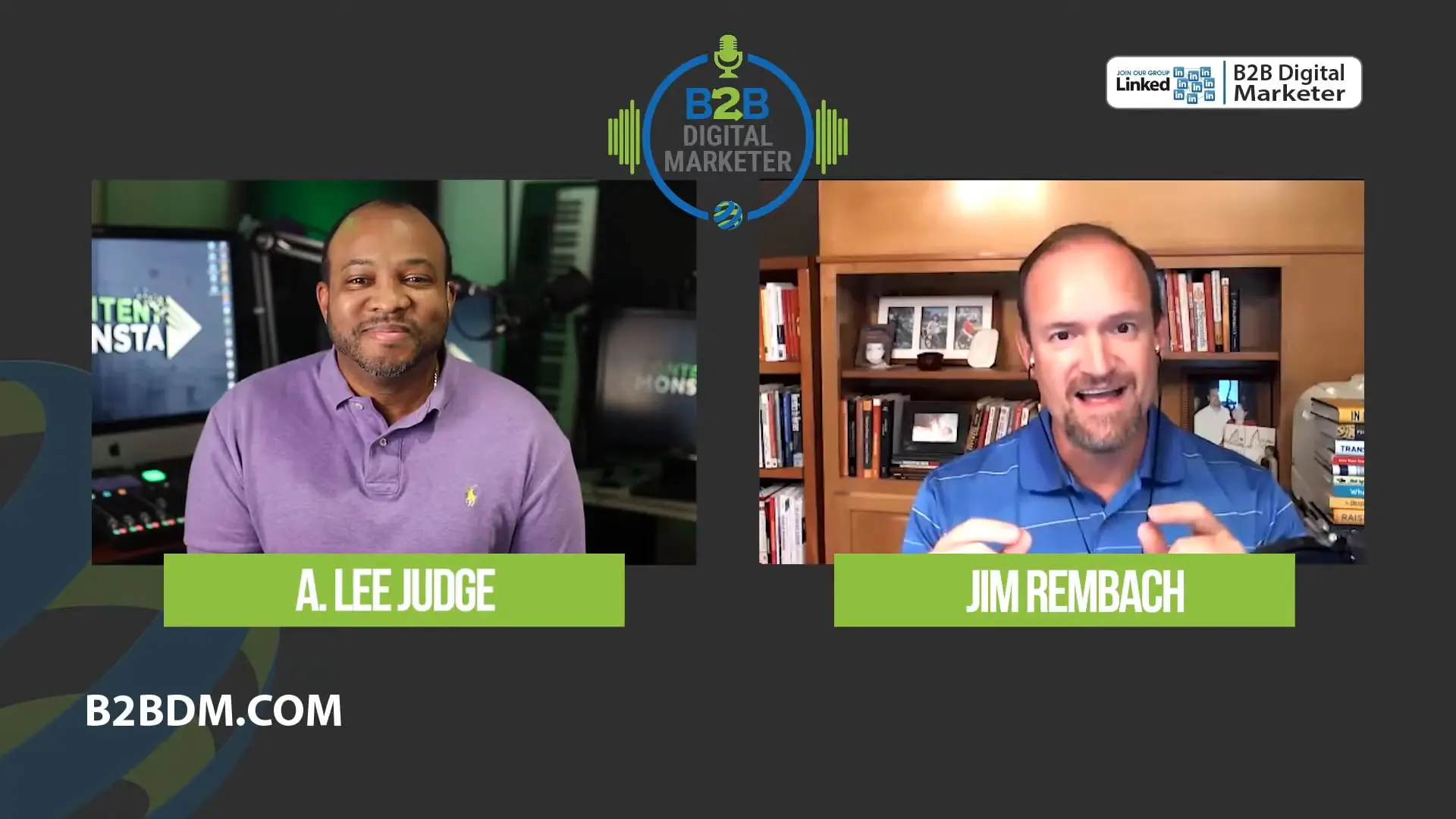[This article was originally published on Forbes.com]
Marketing attribution has matured to recognize the complexity of today’s customer journey; however, the processes that marketers and agencies use to surface meaning from that data is still in its infancy. I’ve noticed that due to the narrow understanding of where marketing attribution data lives, many marketers often ask the wrong question of agencies they hire to run campaigns: What about middle-of-the-funnel analytics?
Throughout my 20-year marketing career, I’ve been presented with countless marketing campaign strategies. During the kickoff of those strategies, I’ve been asked the most crucial question of all: “How will we measure success?” I’ve also been asked, “When measuring that success, how do we attribute these marketing efforts to the bottom line?” This is marketing attribution — a key performance indicator that should be measurable at all stages of the funnel.
Is Your Attribution Model Enough?
When looking at marketing attribution, defining first-touch attribution can be as easy as reviewing referral traffic. Last-touch attribution is easy by showing last click. These are two metrics your agency may bring to the table when answering how their effectiveness will be measured. They’ll likely set up or request access to your Google Analytics account and provide clear metrics showing that they drove traffic to your site or inspired the last click before a purchase.
But is that enough? Unless your goal is simply market awareness (which is a legitimate goal), don’t just accept those metrics and call it a day. Drive forward toward identifying more holistic metrics that measure how the agency has helped push your customers along their journey.
Now let’s talk about an area that most agencies don’t mind being asked about: last click. Monitoring the last click that a prospect makes before becoming a customer is a clear indication of the last action, impression or engagement influencing the sale. Again, this metric can easily be captured by Google Analytics.
However, was that last impression the most important impression? Was that touch the most effective or efficient prospect interaction? Most importantly, can you hang the entire cost of acquisition on that interaction in order to determine the ROI of your marketing activities?
Hopefully, you answered “no” to these questions, because neither the last impression nor the first can be attributed as the sole touch that resulted in a deal, no matter which attribution model your company uses. Obviously, we’re missing a very important piece of the puzzle here. If we’re talking in terms of the customer journey through the traditional funnel, we have to address the middle of the funnel. This is what most marketing agencies don’t want you to ask about.
Why? Because attribution metrics in this data-overran space are difficult to understand, and the agency likely doesn’t have access to the data needed to make sense of it. From the outside looking in, most agencies can only demonstrate volume metrics (e.g., how many people visited that page or how many clicks completed a purchase).
Attribution – Vanity Metrics vs. Volume Metrics
What you don’t get from the volume metrics provided by your agency are the value metrics. These show who took an action rather than just how many. Unless you give your agency access to your entire database (which could be a bad move legally), the “who” data is locked within your customer database — either in your customer relationship management system or your marketing automation platform. Because this data is personally identifiable information, Google won’t share it and your agency won’t have it. This is the information that tells you how valuable each potential customer is and allows you to track customer interactions all the way to the opportunities created.
Attribution Steps to Take When Hiring an Agency
Because agencies don’t usually have access to the “who” data, they (rightfully so) should steer clear of claiming to be able to give a full analysis of marketing impact on a particular opportunity. So what are some steps that marketers can take to make sure that they’re not asking agencies questions that may force them into a corner? Here are some suggestions:
• Make sure your marketing team understands the data access limits that agencies have. They don’t have your customer data; therefore, the middle of the funnel is a blind spot.
• If you have a marketing automation platform, bring it to the table early in negotiations with an agency. Possibly, the agency is familiar with the platform. If they don’t have some level of expertise, that should weigh heavily on whether they’re the right agency to hire.
• Include your internal marketing automation manager in the engagement process. Trying to develop a measurement process late in the game or going back to gather data later may not be possible.
• If you don’t handle marketing automation in-house, ask the agency whether they can help. Keep in mind, however, that with new information privacy and data protection regulations, such as the EU’s General Data Protection Regulation and Canada’s Personal Information Protection and Electronic Documents Act going into effect each year, you may face serious implications for sharing data.
• Set expectations. It may be okay to only obtain first- and last-touch attribution data, especially if you sell high-volume, low-cost products and your sales cycle is short.
• If your sales cycle is long, consider getting a marketing automation platform and hiring only agencies that understand your internal analytics needs. Long sales cycles mean more touches and longer gaps between first and last touches. Significant marketing spending could occur in that gap, and you want to account for it when analyzing attribution.
Conclusion
In the end, measurement of the entire marketing process falls in the arms of the marketer. Although many agencies may not talk about this up front, they have limited visibility of your customers’ journey, particularly when it comes to the multiple marketing touches that are often required to win an opportunity. Many agencies don’t want you to ask them about middle-of-the-funnel attribution. And if you understand their limits, then you’ll know the correct questions to ask . With that clarity, you’ll be better positioned to obtain the needed data for attribution of your marketing efforts.



